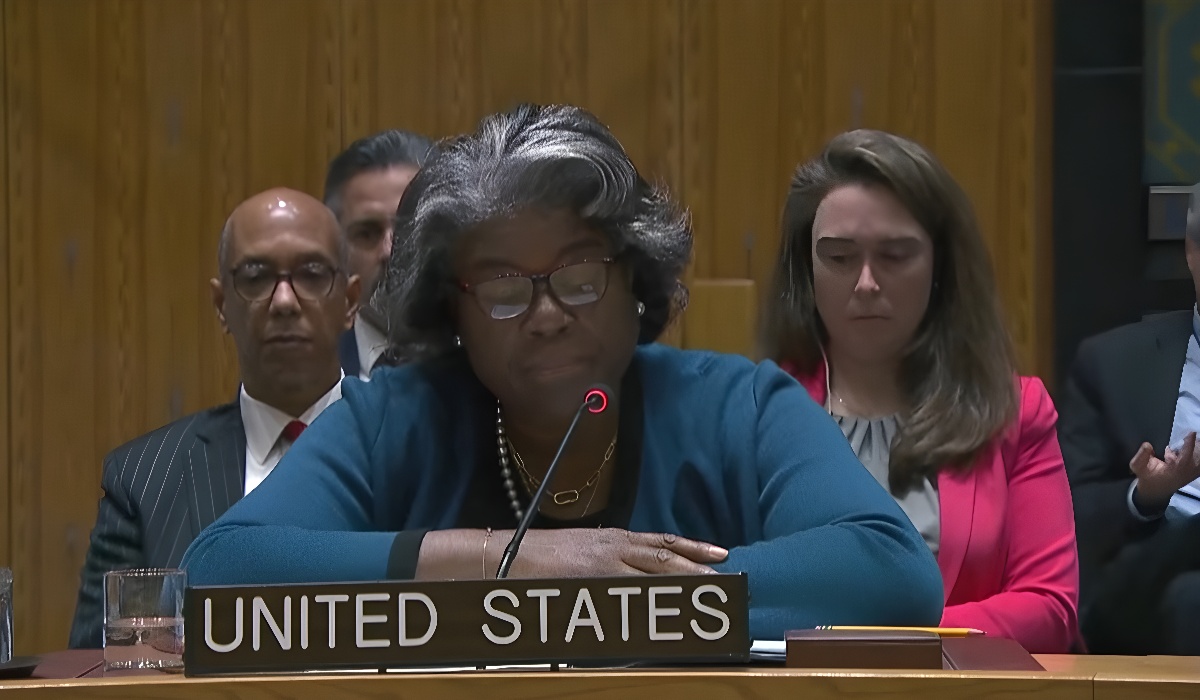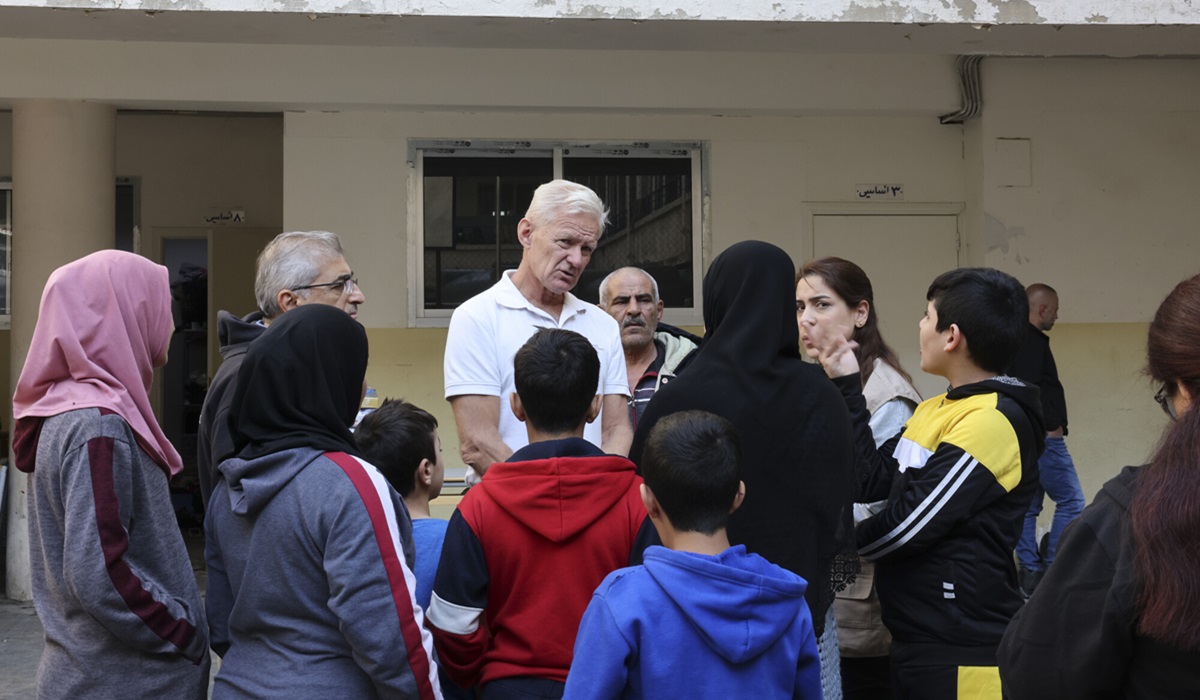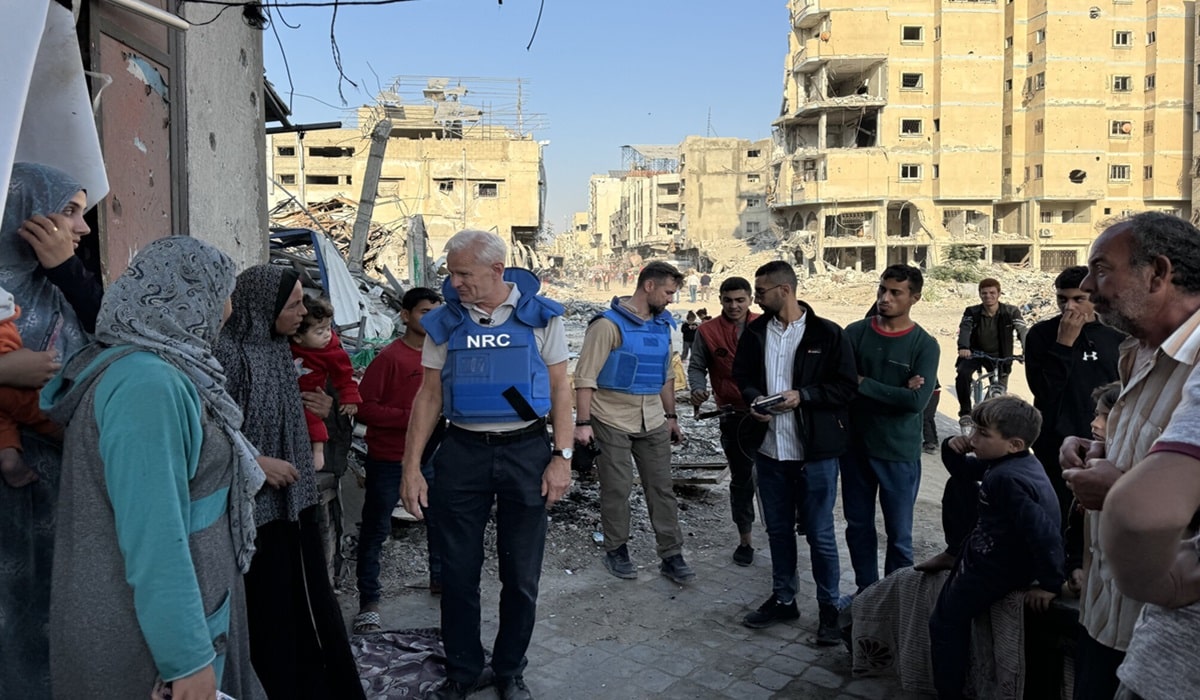US-Led Ceasefire Deal Between Israel and Hamas: A Step Forward or an Illusion of Progress?
- TDS News
- Breaking News
- June 11, 2024

In a significant diplomatic move, the United Nations Security Council passed a resolution with a 14-0 vote to adopt a US-led ceasefire agreement between Israel and Hamas. This vote, hailed as a major breakthrough by many international figures, aims to de-escalate tensions and bring temporary peace to the region. However, while the resolution has been widely praised, a closer look reveals deep-seated skepticism about its potential effectiveness in resolving the longstanding conflict in Gaza.
The ceasefire deal includes several critical components intended to ease the immediate hostilities between Israel and Hamas. It calls for a phased withdrawal of Israeli forces from Palestinian territories, a scheduled and gradual exchange of prisoners between Israel and Hamas, and an increase in the flow of humanitarian aid into Gaza to address the urgent needs of the Palestinian population.
Hamas has reportedly accepted the ceasefire, albeit cautiously, acknowledging it as a temporary truce. This acceptance comes with a strong caveat, as Hamas and other Palestinian factions are acutely aware that this deal does not address the core issues at the heart of the Israeli-Palestinian conflict. Israel, on the other hand, has yet to officially comment on the deal but has made it clear in past statements that it views Gaza as an integral part of its territory and has no intention of ceding control.
The ceasefire agreement, while a temporary measure, fails to tackle the root causes of the conflict. Fundamental issues remain unresolved, including the lack of mutual recognition, with Hamas not recognizing Israel as a legitimate state and Israel not recognizing the sovereignty of a Palestinian state. Security concerns persist, with continuous rocket fire from Gaza into Israeli territory and crippling airstrikes by Israel creating an environment of perpetual insecurity. Gaza’s population lives under severe restrictions which have been called an apartheid by the United Nations. This further extenuates the limited access to essential resources such as electricity, water, and healthcare, all controlled by Israel. The Gaza Strip has significant untapped reserves of oil and natural gas, currently controlled by Israel, further complicating the economic and political landscape. Additionally, over a million Palestinians have been displaced from their homes, and their right to return remains a contentious issue, compounded by Israel’s settlement policies in the West Bank and its control over the Golan Heights.
The roots of the Israeli-Palestinian conflict are deeply embedded in historical decisions made by Western powers. The creation of Israel and the subsequent displacement of Palestinian populations were orchestrated by Britain, the United States, and other European nations. These historical actions have left a legacy of division and conflict that persists to this day. Many argue that a return to the pre-1967 borders, as outlined in various international resolutions, could serve as a basis for a more lasting peace. However, such a reversal seems unlikely given the significant geopolitical and economic interests at play. The region’s natural resources and strategic importance mean that external powers continue to have a vested interest in maintaining the status quo, rather than pushing for a comprehensive and equitable resolution.
While the ceasefire deal offers a temporary respite from violence, it is seen by many as a superficial solution that glosses over the deeper issues. The agreement may bring short-term relief, allowing children in Gaza and Israel to sleep without the fear of bombings, but it does not provide a roadmap for sustainable peace. The continuous cycle of ceasefires and resumed hostilities has become a tragic norm in the region, and this latest deal is just another chapter in this ongoing saga.
For any peace process to be genuinely effective, it must involve comprehensive negotiations that address the needs and rights of both Israelis and Palestinians. Both parties must recognize each other’s right to exist as sovereign states. Mechanisms must be put in place to ensure the security of both populations, preventing the cycle of violence. Humanitarian aid must be coupled with efforts to lift the blockade on Gaza, allowing for economic development and self-sufficiency. Control over natural resources should be fairly negotiated to benefit both communities. The right of return for displaced Palestinians must be addressed, with fair compensation and resettlement options.
The recent ceasefire agreement, while a notable diplomatic effort, falls short of providing a lasting solution to the Israeli-Palestinian conflict. The applause it has garnered from international circles may be more reflective of political posturing than genuine progress. True peace will require a concerted effort to address the underlying causes of the conflict, moving beyond temporary truces to build a foundation for lasting coexistence.
The international community, particularly the Western powers historically involved in the region, must play a constructive role in facilitating genuine dialogue and negotiation. Without addressing the core issues, any ceasefire will remain a temporary pause in an otherwise ongoing and devastating conflict. It is crucial to remain critical of narratives that paint this agreement as a comprehensive solution. It is time to move beyond the surface and focus on deeper issues that continue to fuel one of the world’s most protracted and tragic conflicts. Only then can we hope to see a future where both Israelis and Palestinians can live in peace, security, and dignity.








